Deploying .NET Applications with DeployHQ on Digital Ocean
Automate .NET deployments to DigitalOcean with DeployHQ. Streamline code pulls, builds, and deployments, manage environments, and ensure reliable application delivery.

DeployHQ is a code deployment platform designed to help you get files from Git, Mercurial & Subversion repositories onto your servers using SFTP, FTP, S3, Digital Ocean and more!
Displaying posts 13 - 24 of 214 in total
Automate .NET deployments to DigitalOcean with DeployHQ. Streamline code pulls, builds, and deployments, manage environments, and ensure reliable application delivery.
Fear database migrations? You're not alone. Discover how DeployHQ simplifies database deployments, ensuring schema changes run smoothly and preventing costly mistakes.
Make VPS deployments easy! Learn how to set up a Git-based workflow with DeployHQ and efficiently deploy your modern web applications.
Pull Requests (PRs) for efficient code review. Learn best practices with DeployHQ to improve collaboration and maintain code quality in your development workflow.
See how Flywheel streamlines software deployments with DeployHQ. Learn how our platform helps innovative companies optimize their deployment processes.
Learn about modern Java deployment strategies. Explore cloud-native options and understand how they compare to traditional application server deployments.
Choose the right package manager for your project. Explore npm, Yarn, pnpm, and Bun, and understand their features for effective web development dependency management.
Unlimited Build Minutes on DeployHQ! Enhance your continuous deployment with our new plan updates for Pro, Business, and Enterprise users.
Bring AI home. Easily install Ollama for local LLM processing (GPT, LLaMA) with our step-by-step guide. Includes GPU/CPU setups and automated deployment with DeployHQ.
ChatGPT has revolutionized AI interaction. Explore its powerful applications in customer support, chatbots, and content creation, and see how it can benefit you.
Despite its age, Make is still relevant. Learn how this classic build automation tool can streamline your development workflow in today's software landscape.
Choose the right PHP application server. Compare Apache, Nginx, and modern alternatives for performance and scalability. Make an informed decision for your PHP deployments.